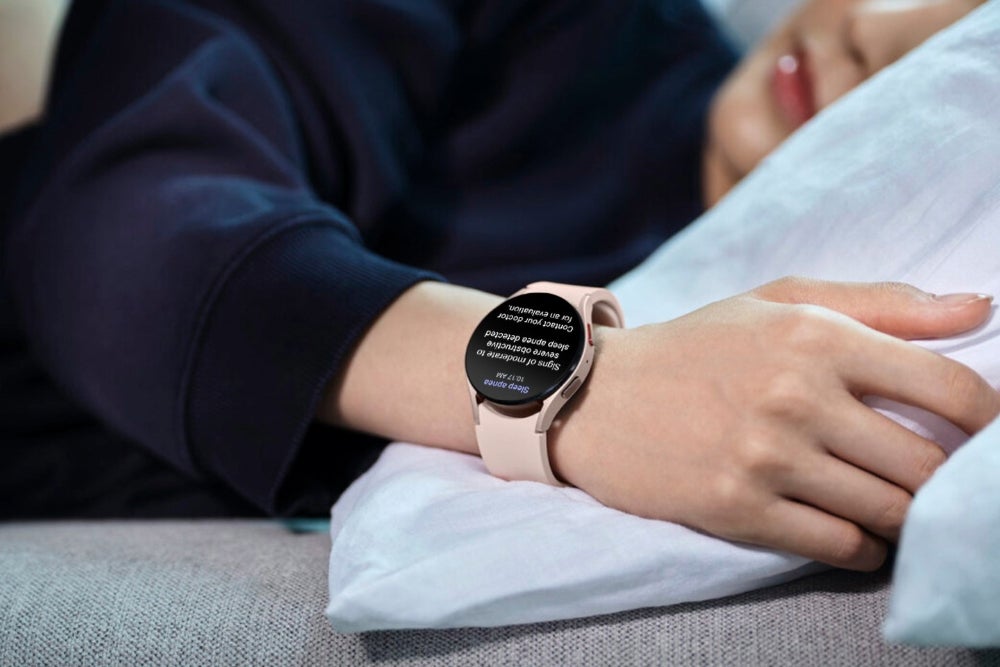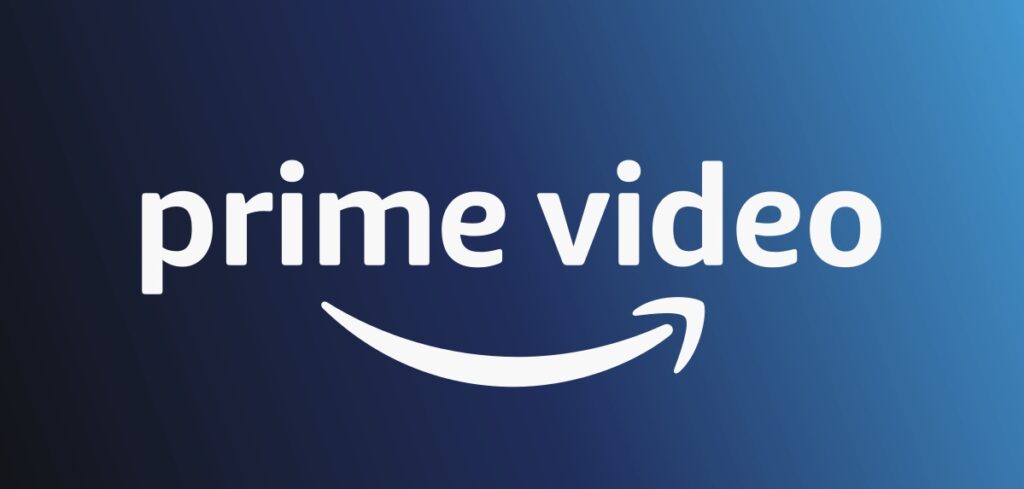It’s Sunday, meaning it’s time for us to name our winner and loser from the past week.
This week, Google announced a powerful new AI model, Sony was forced to revise its PS5 sale forecasts and Microsoft teased an exciting Xbox hardware announcement for the end of the year.
However, it was Samsung and Amazon who earned our winner and loser titles this week. Keep reading to learn why.


Winner: Samsung
Samsung is our winner after the Galaxy Watch received a potentially lifesaving new health feature in the US.
The sleep apnea feature on the Samsung Health Monitor app was given De Novo authorisation from the FDA this week and will be available on Galaxy Watch devices in the US from Q3 2024.
With the help of a compatible Galaxy Watch and phone, the feature is designed to detect signs of sleep apnea in those not already aware they have the condition. It looks for signs of moderate to severe obstructive sleep apnea in users over the age of 22 over a two-night monitoring period.
According to the National Sleep Foundation, around 25% of men and 10% of women in the US experience obstructive sleep apnea. If left untreated, this condition can increase the risk of developing cardiovascular diseases, such as hypertension, coronary artery disease, heart failure, cardiac arrhythmia and stroke.
The goal of the sleep apnea feature is to alert users if they may have the condition so they can seek medical care to reduce the possibility of encountering any of these complications.
The US isn’t the first country to give the sleep apnea feature the go-ahead. The feature was approved in Samsung’s home country South Korea last October. However, users in the UK and Europe are still awaiting approval to see the feature on Galaxy Watches across the pond.


Loser: Amazon
Our loser this week is Amazon after the company quietly reduced the quality of shows and movies on its new Amazon Prime Video ad-supported tier.
According to a report by German website 4KFilme, Amazon Prime Video continues to support Dolby Vision and Dolby Atmos on the ad-free tier, but has replaced these features with HDR10 with Dolby Digital 5.1 on smart TVs streaming its ad-supported tier.
Amazon spokesperson Katie Barker confirmed this change to The Verge, stating that “Dolby Vision and Dolby Atmos capabilities are only available on the ad-free option, on relevant titles.”
Amazon only recently upped the price of its ad-free tier to make room for the ad-supported tier, meaning subscribers on what was formerly the cheapest plan were already told to pay an additional $2.99/£2.99 every month to keep ads away. Now this extra cost will also be required to keep hold of Dolby Vision and Dolby Atmos.
While users were warned about the first change, the latter is certainly a disappointing surprise. It seems the loss of Dolby Vision and Dolby Atmos is just another incentive for users to upgrade to or stick with a tier that has gained no real benefits since the price hike came into place.

